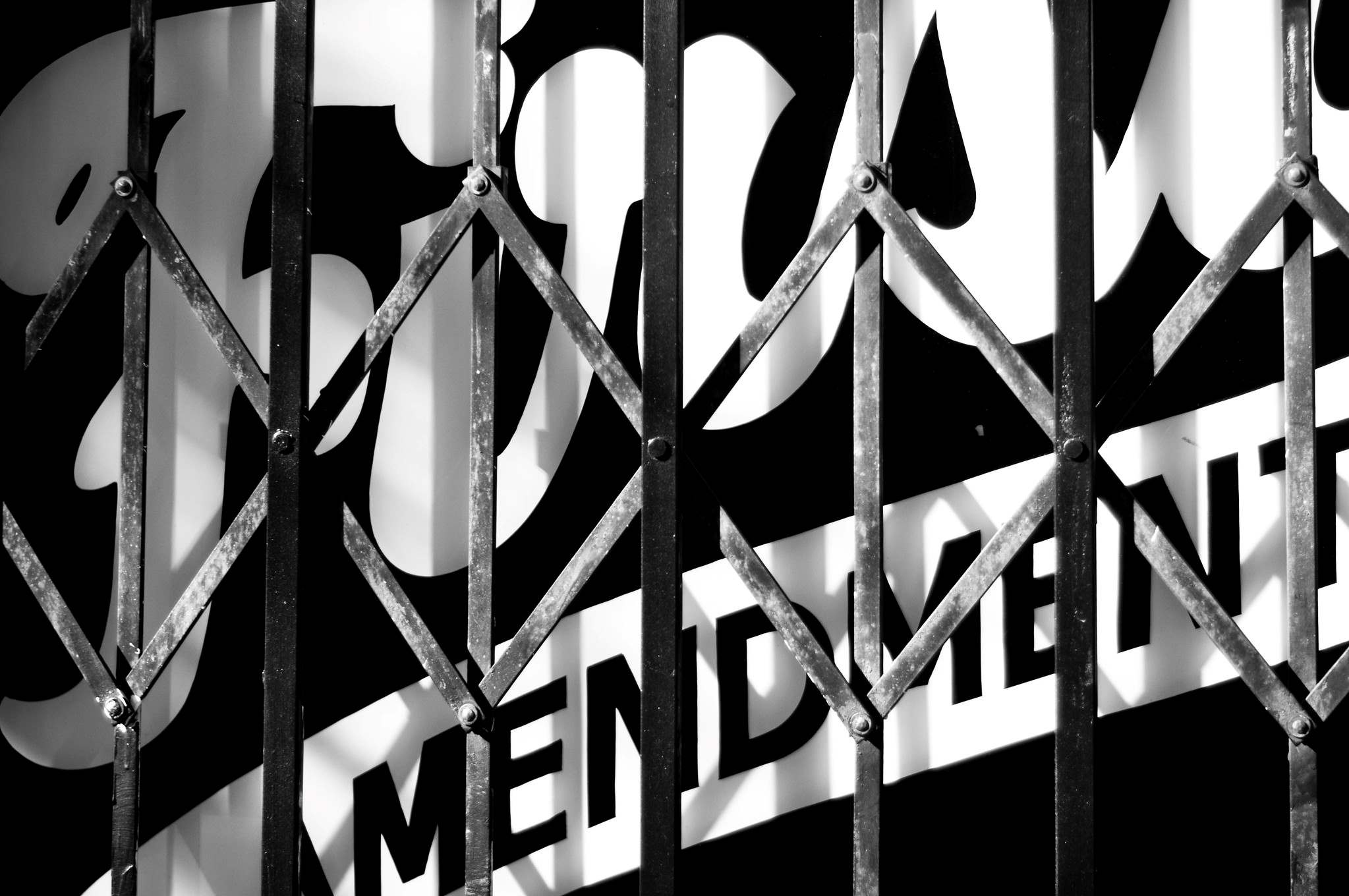
“Censorship Perhaps” photo by David Goehrig used under the CC by 2.0 license from Flickr.
“The one thing that I think is vital — our most important obligation,” Mark Goodman, former Executive Director of the Student Press Law Center and of the Center of Scholastic Journalism at Kent State University, said. “We HAVE to teach students that censorship is wrong, morally, educationally, journalistically, even when it cannot be avoided or overcome. And we have to do it in such a way that we don’t make kids so cynical they think the entire idea of the First Amendment is a joke.”
Journalists across the world tried to make sense of events with roots in the Capitol riots of Jan, 6, 2021. issues blossomed into political and social disagreements that devolved into mistrust, hatred, racial biases, cultural discrimination and lies of fact.
Like wind-borne seeds, disinformation spread into the 2024 election. Journalists as well as voters heard – and voiced – fears for the future democracy.
They were not alone in facing this new world of localized national issues, and, of course, which version was more accurate, thorough, in context and verifiably sourced.
The “old” journalism standards of objectivity, inverted pyramid, no anonymous sources faced condemnation because they were not built to handle j-tools and situations of the future.
Young journalists joined their commercial counterparts, sometimes as the only journalists in a nation of spreading news deserts.
Sometimes journalists of all skills, training and experience had to learn as they practiced.
Journalists today delve into news values with impacts unheard of with no anticipation of ethical guidelines. Issues, agitated by political fallout or by elections, demand to be creative, well-explained and impeccably sourced.
That suggests journalists, young and old, must understand journalistic responsibility, roles and values – and how to fully deliver Best Practices to communities, regions or nations.
Because the country’s communities now face challenges and hostility from a divided society, journalists can make a difference in what they publish, while revising older ethical guidelines and standards.
JEA’s Student Press Rights Committee will devote several blogs this spring that journalism students and community members can use to shape their current and future journalism.
Journalists of all ages will lead by updating effective news media standards, providing a framework and enhancing civic engagement for citizens eager for information they can use.
Role-playing activity using this blog and resources
Does a government official actually support free expression?
A government official claims she supports free expression while she threatens those who oppose her beliefs and actions. According to a long-standing columnist, the government official uses “content-based and even viewpoint-based discrimination” to make decisions about what words and thoughts people can express.
Activity:
Before the activity, read and be ready to comment on the five articles linked below:
- For those who would support prior review
- Questions for those who prior review
- Censorship leads to fake news
- Fighting self-censorship
- Trump calls on Congress to pass the ‘Take It Down Act’–so he can censor his critics
- Form teams of three (3), two journalists and their editor. The reporters are considering a story about the government official.
- What kind of process could they develop to make finding out the truth more formal?
- What kinds of background information would they need? What questions should students ask and who should their sources be?
- Feel free to add or modify aspects of this activity.
“The one thing that I think is vital — our most important obligation,” Goodman said is, “We HAVE to teach students that censorship is wrong, morally, educationally and journalistically, even when it cannot be avoided or overcome. And we have to do it in such a way that we don’t make kids so cynical they think the entire idea of the First Amendment is a joke.”
Written By: John Bowen, MJE
